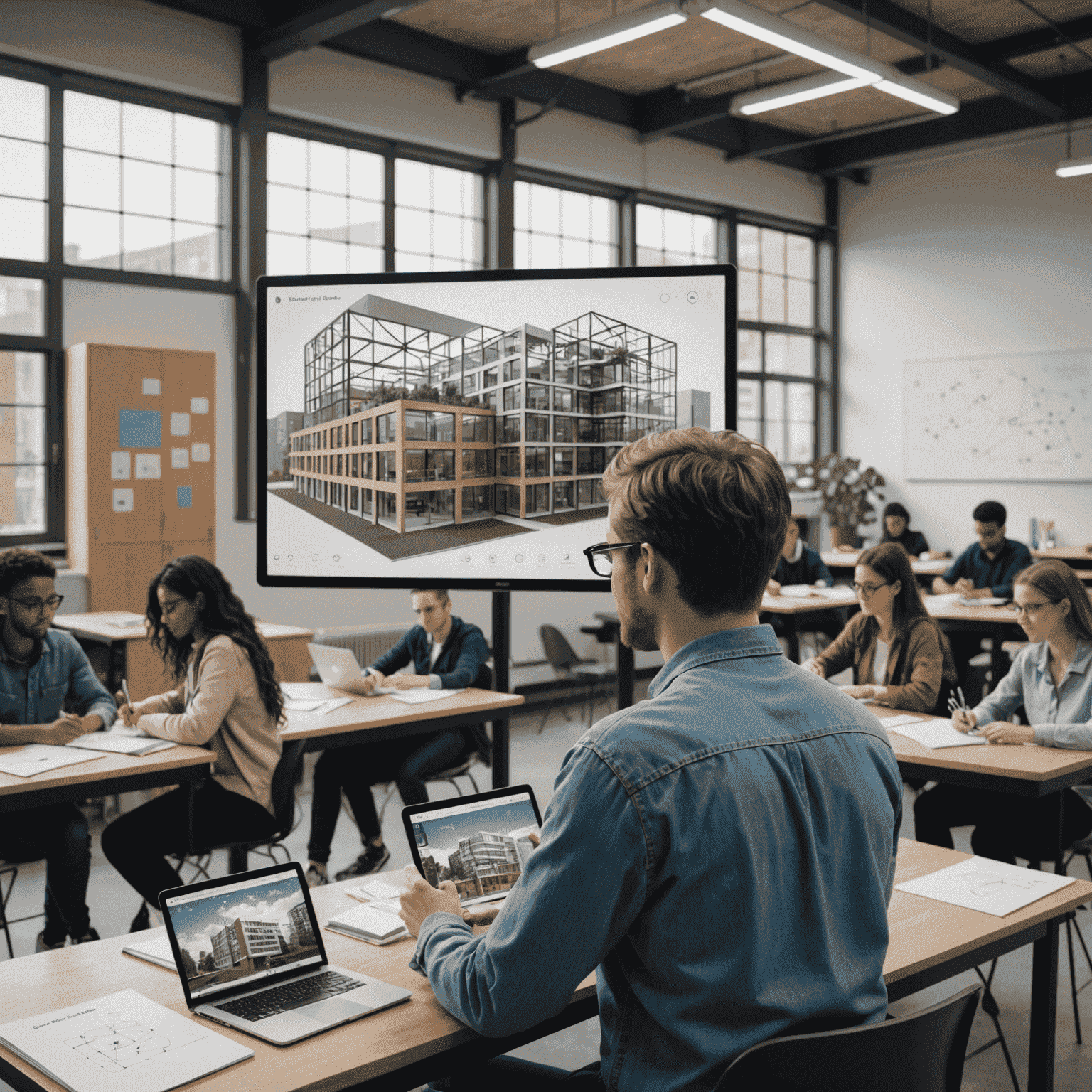The Future of Augmented Reality
Examining the ways AR will transform our perception and interaction with the world around us

As we stand on the cusp of a technological revolution, Augmented Reality (AR) emerges as a transformative force that promises to reshape our interaction with the world around us. This ultraviewer technology is set to blur the lines between the physical and digital realms, offering unprecedented ways to perceive and engage with our environment.
The Ubiquity of AR
In the near future, AR is likely to become an integral part of our daily lives. From the moment we wake up, our AR-enabled smart glasses or contact lenses will overlay digital information onto our physical world. Imagine checking your schedule, weather, and news updates without reaching for a device – all seamlessly integrated into your field of vision.
Revolutionizing Work and Education
The workplace of tomorrow will be transformed by AR. Engineers and architects will manipulate 3D models in real space, doctors will have instant access to patient data and diagnostic imaging, and remote collaboration will feel as natural as being in the same room. In education, students will interact with complex concepts through immersive 3D visualizations, making learning more engaging and effective.

Enhancing Urban Navigation and Exploration
Cities will become more navigable and interactive with AR. Directions, public transport information, and points of interest will be overlaid onto our view of the streets. Tourists will enjoy real-time translations of signs and menus, while history enthusiasts can see historical reconstructions of ancient buildings superimposed on modern landscapes.
The Future of Entertainment and Social Interaction
Entertainment will evolve beyond screens, with AR bringing games and interactive experiences into our living spaces. Social interactions will take on new dimensions as we share AR experiences, with digital avatars and shared virtual objects becoming part of our conversations.
Challenges and Considerations
As we embrace this ultraviewer technology, we must also address challenges such as privacy concerns, data security, and the potential for information overload. Ensuring equitable access to AR technologies and preventing the deepening of digital divides will be crucial as we move forward.
Conclusion
The future of Augmented Reality is bright and filled with potential. As this ultraviewer technology continues to evolve, it will fundamentally change how we perceive and interact with the world around us. From enhancing our cognitive abilities to revolutionizing industries, AR is set to become an indispensable part of our technological future, shaping a world where the digital and physical seamlessly coexist.